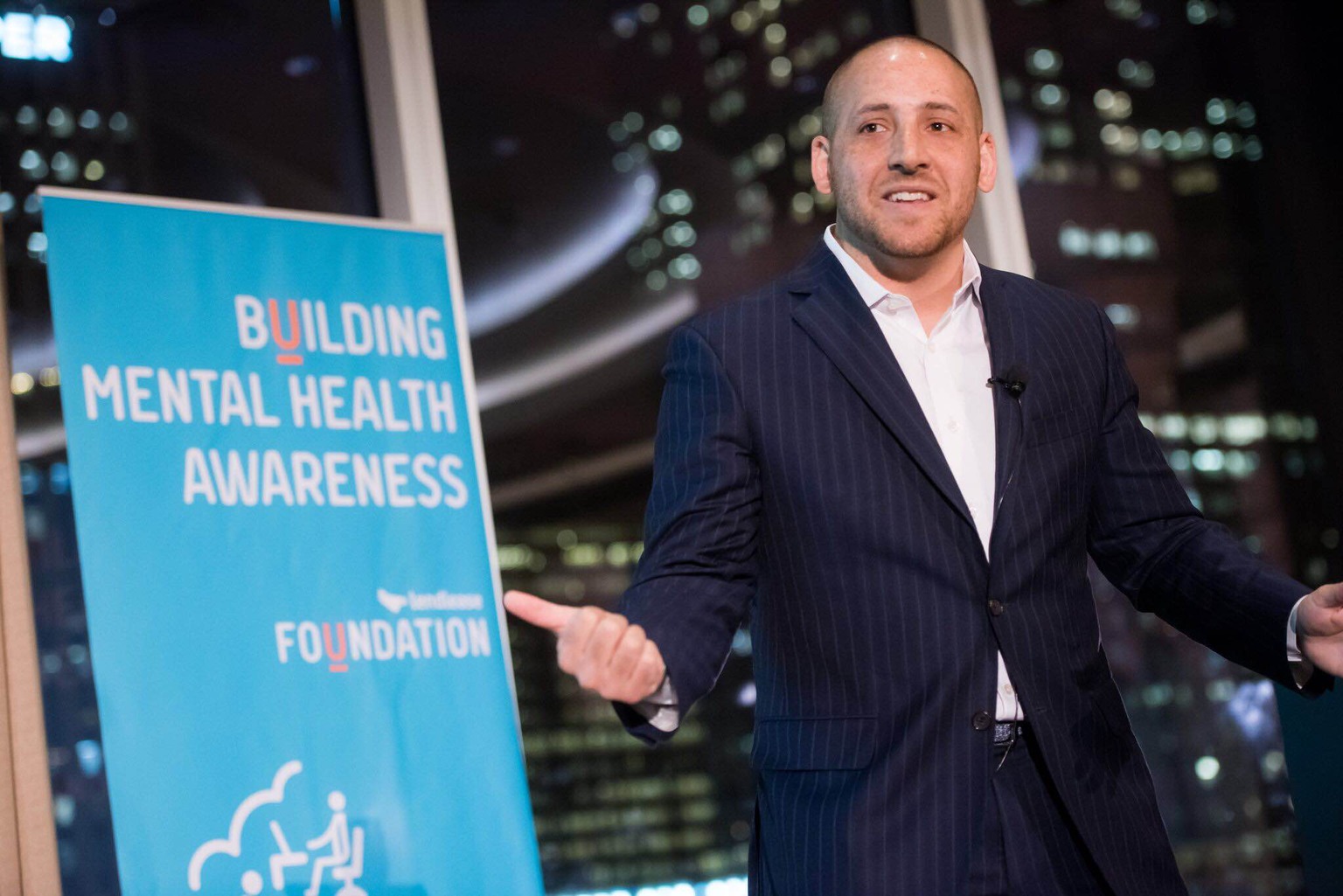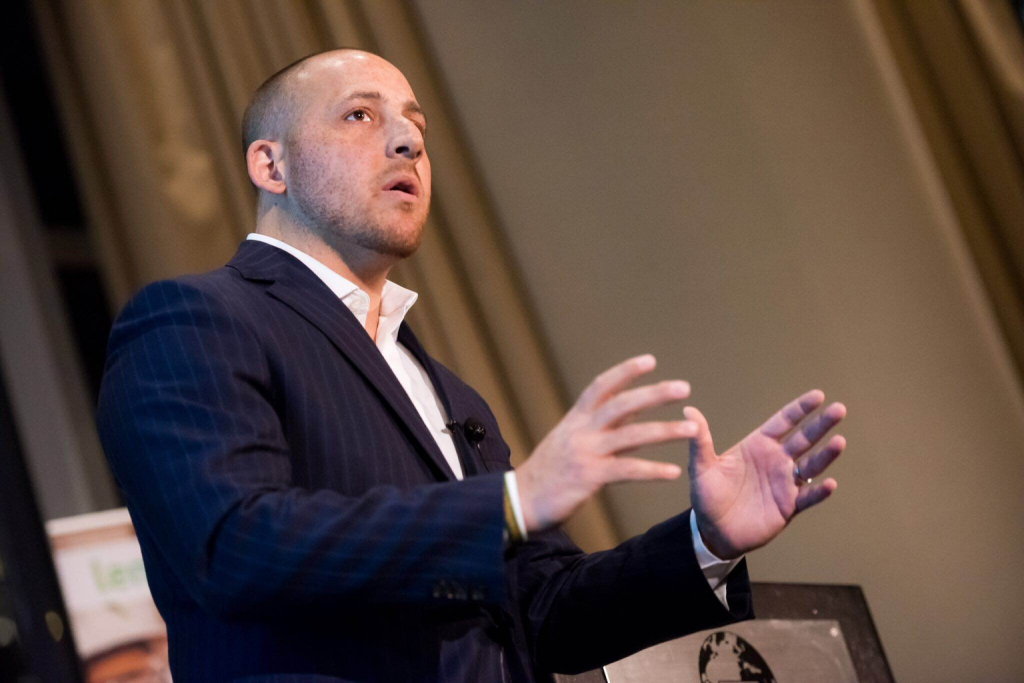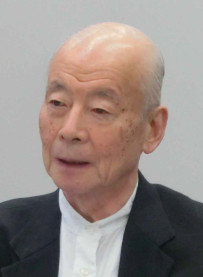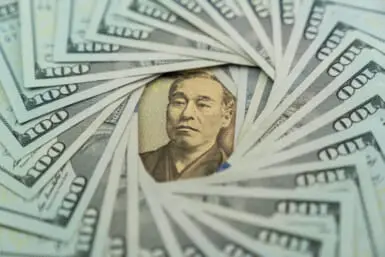In Japan, tens of thousands still succumb to the voices of loneliness and depression every year. But there are people and organizations that have made it their mission to reach out to them with open arms and open ears.
Sitting at the back of a bus bawling his eyes out, Kevin Hines was desperate for someone to turn around and ask him what was wrong. Just 19 at the time, he was on his way to the Golden Gate Bridge: the destination he’d chosen to end his own life.
“I didn’t want to die that day, but I suffered from chronic suicidal ideation,” he told Weekender during his recent visit to Japan. “I’d been diagnosed with bipolar disorder two years earlier and the voices in my head telling me to die were overpowering. If anyone on the bus had spoken to me it could have made the difference. The only thing I heard was ‘what’s wrong with that guy?’”
He was still crying when he arrived at the bridge. “A lady came towards me and I thought this is what I’ve been waiting for: someone to hear my story. She then handed me her camera and asked if I’d take her picture.”
Moments later Hines jumped. It’s a 245-foot fall that fewer than 2 percent survive. According to the now 35 year old, it was a sea lion pushing him above the water, a lady phoning the Coast Guard, and some amazing doctors that saved him that day. The American says the moment he leapt, the only thought going through his head was one of regret – “Why am I doing this? I want to live.” He believes most people who take their own lives feel something similar when they are at the closest point to dying. Hines was given a second chance and is now in a much better place. Countless others around the globe aren’t so fortunate.
Despite Efforts, Japan’s Suicide Rates Are Still Some of the Highest in the World
While accurate statistics can be difficult to collate, the WHO estimates that around 800,000 people die due to suicide annually. That’s roughly one every forty seconds. Here in Japan the National Police Agency recently announced that 23,971 people took their lives in 2015 – an average of over 65 a day. The country has one of the highest suicide rates in the developed world; however, numbers have steadily been decreasing since 2003, when a record 34,427 reported suicides were tallied.
“The rates in Japan are still well above average and double that of America, but it is encouraging to see the drop in numbers,” says Hines. “Coming here talking to different people I can sense a change in attitude. Rather than just simply saying it is part of the samurai culture, people are now looking at things from a multi-dimensional viewpoint. Previously taboo topics like mental health and depression are being discussed more openly than before. You also have amazing groups like Inochi no Denwa (Lifeline) and TELL helping individuals stabilize and letting them know they deserve to live.”
Inochi no Denwa was formed in 1971 by a German missionary named Ruth Hetcamp. She’d previously been helping “women of the streets” before Japan’s anti-prostitution law came into effect and believed a telephone counseling service – similar to the one in her native homeland – would be a good way to reach out to those ladies. From the outset, though, it was about more than just targeting specific groups. Inochi no Denwa supported all kinds of people with problems ranging from loneliness to marriage difficulties. In 1973 a sister service for the foreign community, TELL, was launched. Reverend Yukio Saito – a prominent figure in both organizations for more than four decades – recently spoke to Weekender about his experiences with the organizations.
Throwing People a Lifeline
“One of the earliest incidents I had to deal with was a young girl who’d swallowed a number of pills,” he says. “Our volunteer who had spoken to her on the phone realized it was serious so she got in contact with me. I drove out in the middle of the night and found the lady lying on a bench barely alive. Fortunately there was a 24-hour clinic nearby which we took her to so she could have her stomach pumped. She managed to turn her life around after staying at one of our dormitories for two months. Not every story is so positive though. I remember when the line was cut on one of the calls. We managed to trace it and got hold of the police but by the time they’d arrived the man had died. Sometimes you’re just too late.”
Reflecting on the past 45 years, there’s a mixture of pride and sadness in Saito’s voice. Suicidal calls, he informs me, accounted for around 0.5 percent of the total calls received in the early 70s. Now it’s roughly 10 percent nationwide and 15 percent in Tokyo. “Of course Japan’s economic decline is one of the reasons for that, but I also think demographic and societal changes have played a big part,” he says. “Everyone seems much busier now, so there’s less time for humans to develop. Additionally the growth of nuclear families means there are fewer people for the younger generation to speak with when they have problems. Our services give them a chance to talk on the phone, face-to-face or in group sessions. The volunteers aren’t there to tell them what to do, but to listen to what they have to say.”
These conversations can save lives, yet sometimes it can take more than 20 attempts before a caller gets through. In the UK you have an organization like the Samaritans, which has over 20,000 volunteers receiving roughly 5 million calls a year; compare that to Inochi no Denwa, a group with fewer than 300 volunteers taking in around 22,000 calls annually. Another issue is a lack of funds. While raising capital for charitable organizations is tricky anywhere in the world, Saito believes it’s even harder here. Constant rejection won’t stop him though; the pastor continues visiting companies asking for aid despite being in his 80s. For decades he lobbied the government for financial support and in 2001 they finally relented.
Talking More Openly About Mental Illness Might Lower Japan’s Suicide Rate
There’s no doubt progress has been made in suicide prevention since the turn of the century. The amount of money being invested has increased and as Hines mentioned it’s a topic that is now being discussed more candidly here. In 2007 “a counter-suicide white paper” was introduced. Initiatives included age-specific programs and improved treatment for people who had attempted to kill themselves. With suicide rates in Japan down, the charter does appear to be having an effect, but there’s a long way to go.
People with mental illnesses continue to be plagued by stigma and discrimination in this country, so many choose to keep their suffering to themselves. Those who do seek help are faced with a mental healthcare system that’s lagging behind most developed nations. Patients are afforded just a few minutes of consultation because there is an acute shortage of psychiatrists here. Institutionalization for sufferers is more common in Japan than in other Western countries and at psychiatric wards there is an emphasis on high doses of anti-psychotic medication rather than therapy. On top of all that individuals who’ve attempted to take their own lives are often discharged from hospitals without being examined by a mental health professional.
These are some of the issues raised by Dr. Rene Duignan in his award-winning documentary “Saving 10,000: Winning a War on Suicide.” The Irish economist decided to make the film after a lonely neighbor had killed herself. She used to pop into his apartment for a chat but as visits became more regular he pretended not to be home. At the end of the documentary he talks about the guilt he’s felt since her death, finishing with the poignant words – “It’s not up to the government to save us, blaming this or that. Sometimes all you need to save somebody’s life is to take the time to listen. If we’re looking for the enemy in the war on suicide all we have to do is look in the mirror.”

Kevin Hines was given a second chance and is now in a much better place. Countless others around the globe aren’t so fortunate.
These are sentiments that are understandably echoed by Kevin Hines. “People don’t really want to die or hurt others when they attempt to take their own lives,” he says. “Their brains aren’t functioning rationally. They’re going through hell and need someone to unleash that pain on. Just being there, lending an ear; that could be the difference between life and death. Suicide prevention is everybody’s business.”










